PPT-Graphs: C onnectivity Jordi Cortadella and Jordi Petit
Author : littleccas | Published Date : 2020-06-17
Department of Computer Science A graph Graphs Dept CS UPC 2 Source Wikipedia The network graph formed by Wikipedia editors edges contributing to different Wikipedia
Presentation Embed Code
Download Presentation
Download Presentation The PPT/PDF document "Graphs: C onnectivity Jordi Cortadella a..." is the property of its rightful owner. Permission is granted to download and print the materials on this website for personal, non-commercial use only, and to display it on your personal computer provided you do not modify the materials and that you retain all copyright notices contained in the materials. By downloading content from our website, you accept the terms of this agreement.
Graphs: C onnectivity Jordi Cortadella and Jordi Petit: Transcript
Download Rules Of Document
"Graphs: C onnectivity Jordi Cortadella and Jordi Petit"The content belongs to its owner. You may download and print it for personal use, without modification, and keep all copyright notices. By downloading, you agree to these terms.
Related Documents

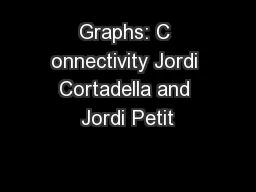

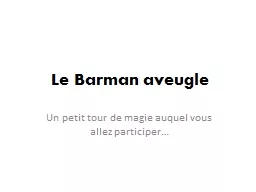


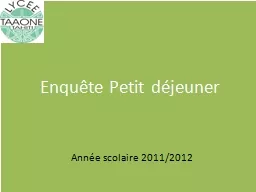
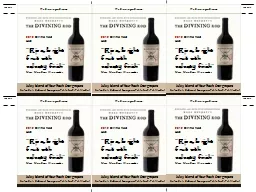


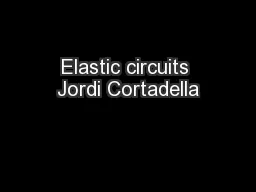

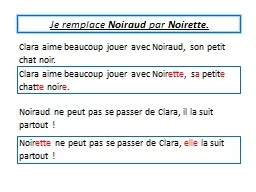
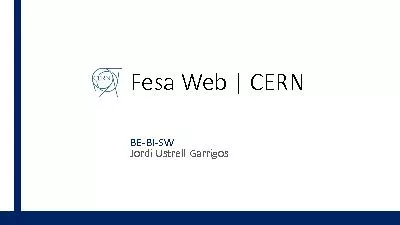
![[PDF]-carnet de mots de passe. répertoire alphabétique petit format: cahier mot de passe](https://thumbs.docslides.com/986658/pdf-carnet-de-mots-de-passe-r-pertoire-alphab-tique-petit-format-cahier-mot-de-passe-et-repertoire-alphab-tique-petit-format-c-est-un-carnet-secret-ultra-pratique-french-edition.jpg)